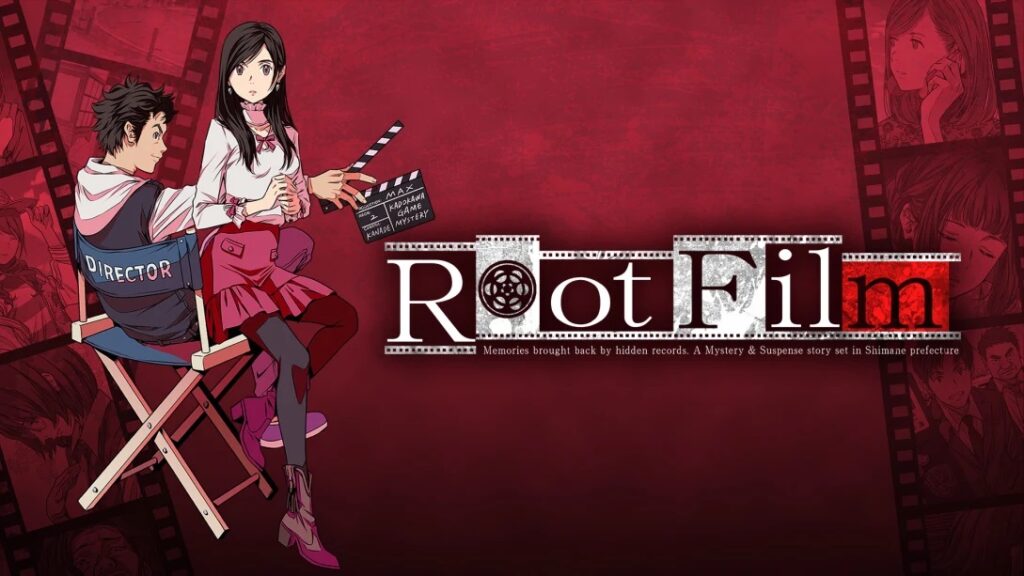
Kadokawa Games, the company behind Root Letter and Root Letter: Last Answer is back with a sequel in what is now the Kadokawa Mystery series! With publisher PQube, it’s time for a second round of visual novel mystery-solving fun. This time around, things aren’t familiar, as Root Film, the spiritual sequel to Root Letter takes an entirely different tack than the first game. Root Film follows the exploits of rookie movie and TV director Rintaro Yagumo as he solves mysteries while preparing to film a TV mystery of his own. It also follows Riho, a new actress who has her own slate of stories as she ends up embroiled in a few dicey situations as well. Between Riho, Rintaro, and a small but powerful cast, the storyline of Root Film weaves itself into a complex web that only reveals everything at the finale of the game.

What’s interesting about Root Film is that while it’s still in Shimane prefecture, it changes up the approach set down by Root Letter. In fact, game locations are real places and it’s obvious that they were scouted for their beauty and significance. This attention to detail is absolutely outstanding and the art manages to capture the beauty of Shimane stunningly. Gameplay is not as straightforward and Rintaro is an odd protagonist. He says weird things, has some rather questionable ideas about women here and there, and is generally not all that likeable. Luckily, his assistant Magari makes up for it with her quick wit and aggressive temper! With the success of Root Film, you’d think that Kadokawa would have stuck with the tried and true methods they set down in the first game, but obviously change was in the wind!
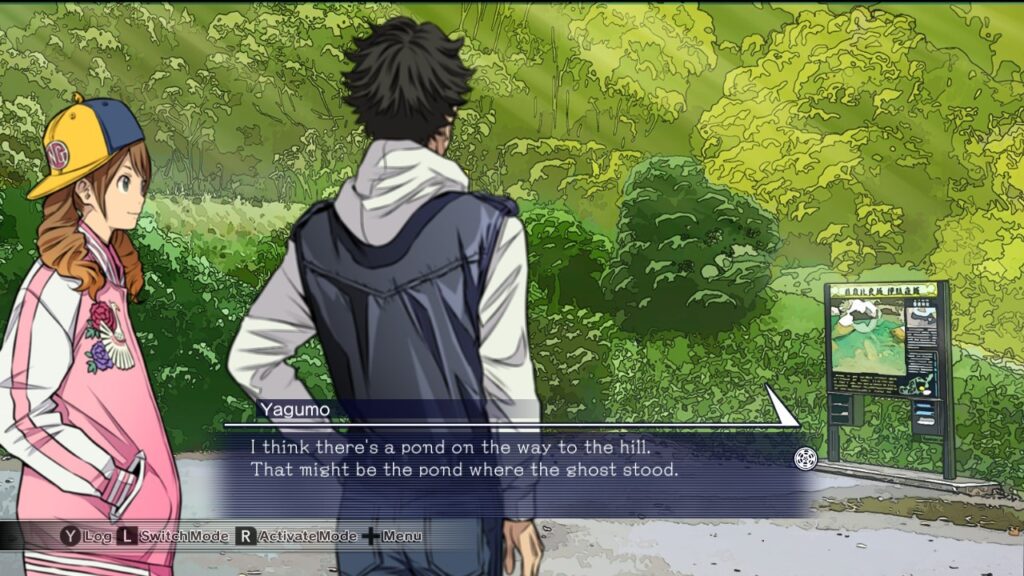
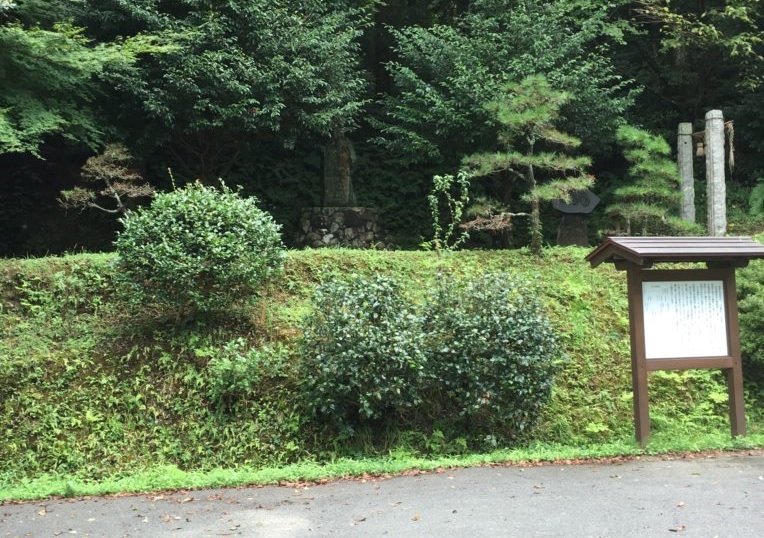
In playing Rintaro, you initially find yourself tracking down a cursed film. It’s a silly plot device, but it has unique potential and makes a good hook to get things moving. However, what you’ll soon find out about Root Film is that things are rarely moving very fast. Once the initial interest of the story wears off, the game consists of moving from location to location to see what people have to say in an attempt to fulfill the requirements of the game by talking to the right person in the right sequence. While this is a staple of this genre of games, rarely is it executed so poorly. Even Phoenix Wright games make it a bit clearer where to go and that series is known for its obtuse choices. Here, you’ve simply got to talk to people over and over again, hoping they’ll say something new so you can trigger the next story section. There’s no real strategy, no direction, and carefully reading all the dialogue really won’t get you anywhere other than adding to the story background.

This is a weird choice of direction for a sequel. Making progression dependent on essentially randomly selecting or re-selecting a character or area with absolutely no indicators isn’t the best mechanic. Top it off with a dash of Yagumo’s odd personality and it’s downright frustrating. And as a visual novel reader, moving around randomly on a map hoping to find the next plot point definitely isn’t enjoyable. It’s not that the story isn’t good, it’s just that the pacing feels off right from the get-go. Eventually you’ll stumble upon the right areas to visit, moving into the other section of the game where you confront the murderer. In this section, you present evidence, much like the Danganronpa or Phoenix Wright games, but unlike either of those, the difficulty level here is so low that you can actually fast forward past all the dialogue and still have enough of an idea what’s going on that you can succeed and expose the culprit.
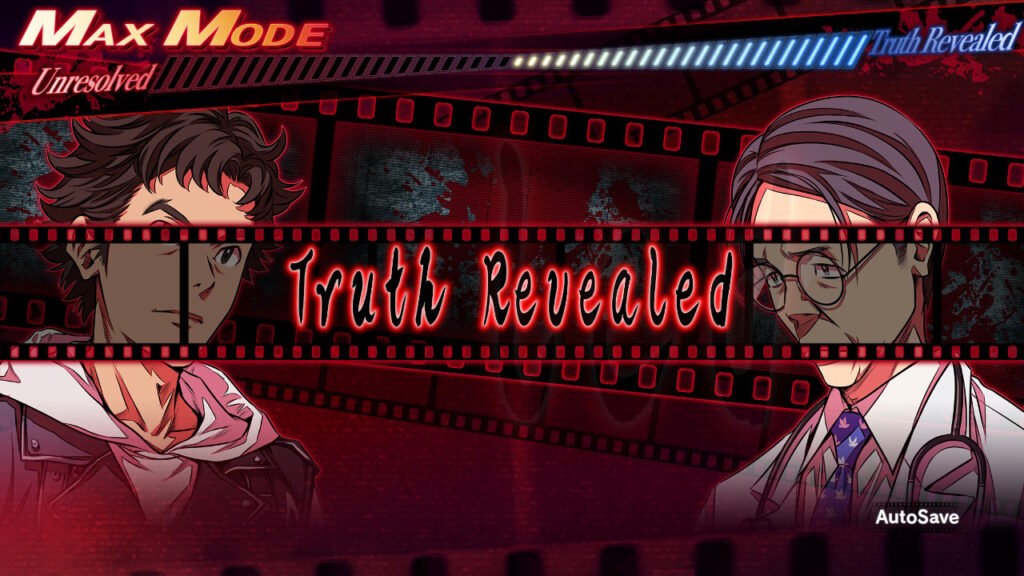
But is the story good at least? Well, it seemed to be at first. Then you move into the second Yagumo mystery and things go downhill. From supernatural stories, there’s a backslide into lover’s quarrels, family dynamics, and other tedious soap opera-like plotlines. There’s a reason for all this, but while you’re playing, you won’t care, as several of the cases are honestly simply boring. In fact, the whole first half of Root Film is bordering on fully tedious, an unforgivable design flaw in a game designed primarily for plot. The majority of gamers that play Root Film won’t make it far enough for things to get interesting. The game is slow and just doesn’t find its own until far too late. By that point, as a player you simply don’t give a crap about Yagumo anymore and even Riho is a bit grating with her innocence. The simple fact of the matter is that the entire premise for Root Film is so unbelievable that it disconnects the player from the characters.
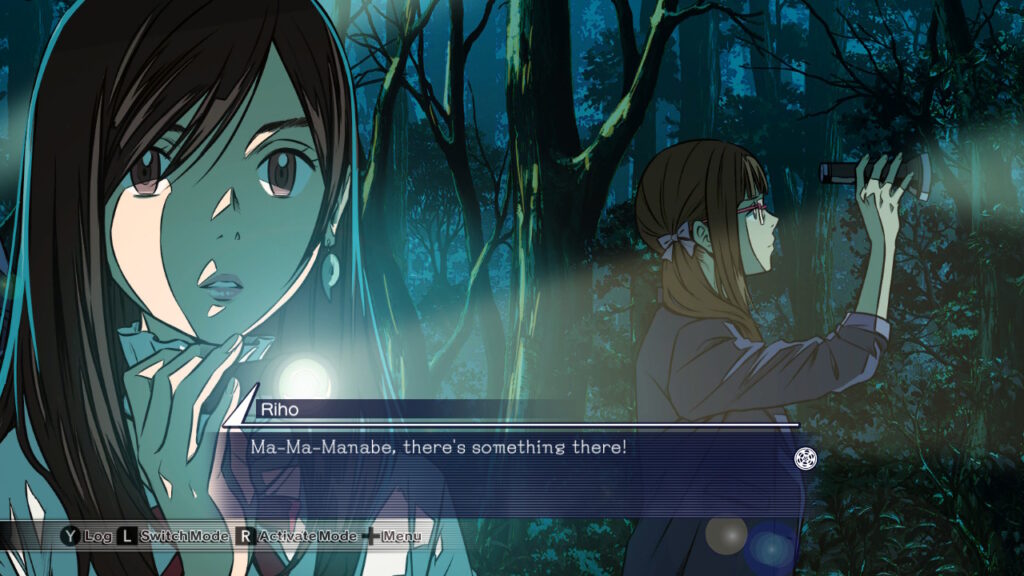
Root Film is predicated on the idea that Yagumo as a film director is more concerned with solving murders than he is with keeping his job at the studio. In the second case, he insists on filming the crime scene, even though he has no idea it’s a crime scene and his footage just conveniently saves the day. The entire game is filled with fallacies like this. For example, Yagumo and Riho both mysteriously suffer from “synesthesia.” In Rintaro’s case, that means that he, well, remembers key phrases to use as attacks on guilty parties at the end of a mystery. But synesthesia is a real disorder where your sense stimuli ‘cross wires’ so to speak, and you might see sounds or hear colors for example. It is so far away from how it is portrayed in Root Film that it doesn’t even make sense. Add to that the film director’s bizarre need to solve murder mysteries that keep happening around him and you have one confusing game. And don’t think it’s just Yagumo. Riho apparently has synesthesia as well, using it to solve the murders she comes across. This is a rare condition and to see it so heavily used as a weak plot device is just odd. They could just as easily have taken notes and called their reactions epiphanies or something less outrageous. Regardless, let’s just say it doesn’t pay to be casually acquainted with Riho or Yagumo…

Unfortunately, in addition to the weak plot and script, there are a few other major issues with Root Film. Just like Root Letter, there’s no touch screen compatibility here, an unforgivable mistake with the Switch. On top of that, there’s the soundtrack. Root Film’s soundtrack is just weak. One track sounded so much like a Sesame Street song that it was hard not to believe it wasn’t (my 5 year old son even agreed). Other songs were weirdly familiar too, and the lack of diversity in music tracks led to a very repetitive experience. You’re constantly selecting areas with no idea where you should be going as well, and worst of all, saving is disabled on the map screen. Oh, and selecting areas is a hassle too. Turns out there’s a button sensitivity issue with the left stick both on maps and in scenes, forcing you to use the D-pad or left joycon buttons to select items or locations to click on. Otherwise you simply blur past them at high speed and can barely highlight the correct selection. Sure, the buttons are mostly intuitive, but considering the magnitude of the design flaws here, that’s the least of your concerns.

With Rintaro and Riho not being particularly believable, you’d think there was nowhere else to make mistakes. That is not the case though. Root Film is riddled with major typos, weird formatting errors, and even a few areas where the devs forgot to change the written Japanese to English. Even that could have been stomached if you were die hard visual novel fan and enjoyed the overall story but what is unforgivable are the visuals in Root Film.
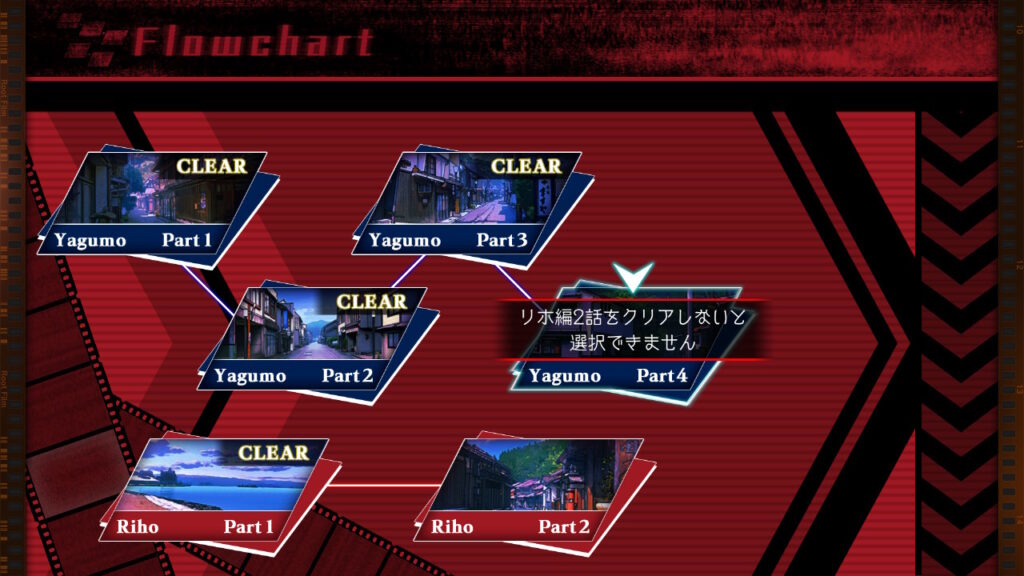
The game repeatedly references a variety of diverse action from looking for people in the woods to murder scenes and a whole lot more. For some reason though, the character images (which are mostly static) don’t match up with the actual dialogue. So, for example, if Magari rightfully kicks Yagumo in the gut for being a douchey prick, we don’t actually see the action. Instead all we see are images of the girls standing there smiling while we read about the more interesting action. There isn’t enough animation for the characters and the little we do see honestly doesn’t cut it, instead showing a pain of Yagumo walking or other slow movements. Either animate them or don’t but don’t leave the same static images on and simply describe the action! With the art style and quality easily hitting AAA level, you’d expect more from the devs than this, but it’s almost like someone just got lazy and started writing whatever popped into their heads after the art design had already been finalized. Simply put, the game has great art but fatally under-utilizes it.

One bright spot in Root Film is the extraordinary voice work. While you may not speak Japanese, it doesn’t matter here as the voice actors are not just pros but actively engaged in making this one of the best Japanese dubs of all time. Seriously, Root Film’s voice actors are some of the best Japan has to offer and they absolutely nail it. No matter how little Japanese you know, you’ll still enjoy Root Film for its outstanding acting performances.

Overall though, it’s a lot more loss than win here. A weak first half (though it does manage to tie the different mysteries together at the end of the game), characters with unrealistic motivations, a lack of touch controls, a lack of active imagery, and a sad soundtrack do not make for a great gaming experience. Sure, the voice work is amazing and the art style, historical context of Shimane, and overall ambience are fantastic, but Root Film just isn’t fun. Especially in the first half, falling asleep while playing is forgivable and it’s just not the most fun gameplay experience, even if you’re accustomed to visual novels. It’s easy to love the Kadokawa Mystery series with the traditional Japanese themes and locations and beautiful art style, but it’s hard to recommend Root Film with its fairly significant $40 price tag, but if you’re dying for a Japanese murder mystery visual novel, there aren’t exactly a lot of options. Plenty of things are done right in the game as well, including bringing the last half of the game together in an interesting manner, and it does manage to charm here and there, so it might be best to give it a fair shake and be patient with the first half of the Root Film, especially if it’s on sale!
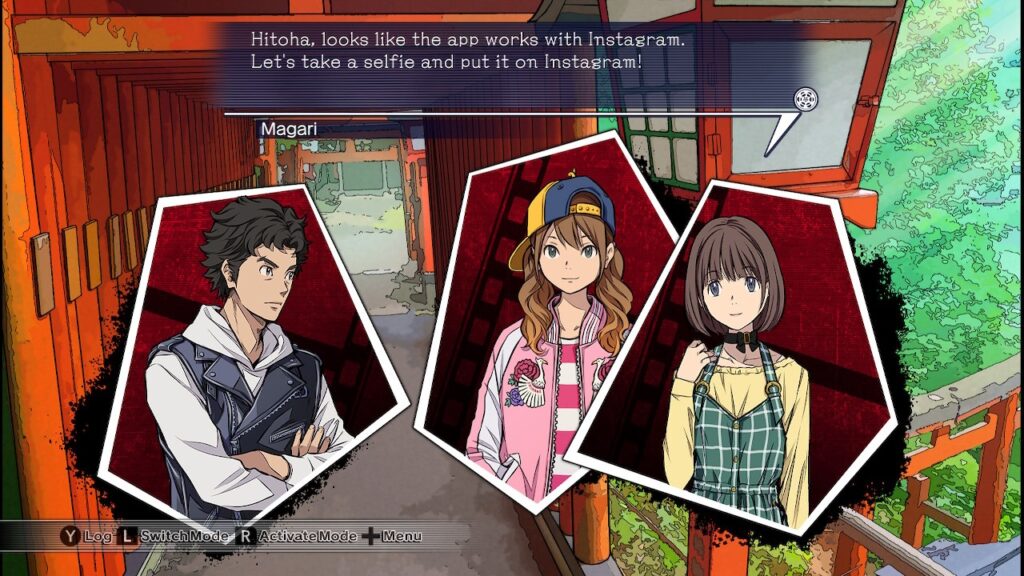
This review was based on a digital copy of Root Film provided by the publisher. It was played on a Nintendo Switch in both docked and undocked modes and ran perfectly in both. Root Film is also available for PS4. All images are actual gameplay screenshots.

